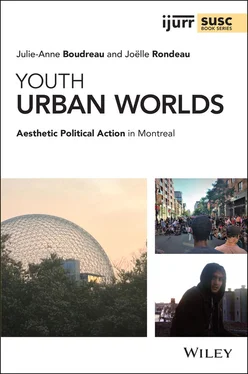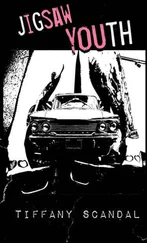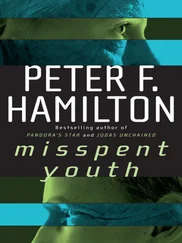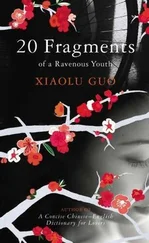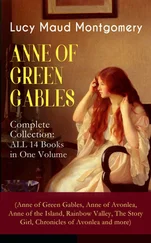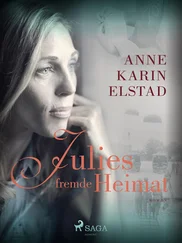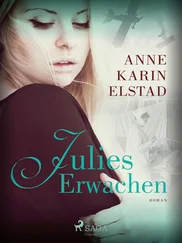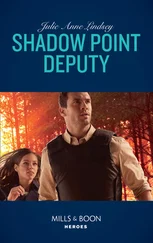Warren Magnusson (2010, p. 43) challenges political scientists and urban studies to embrace politics from what he calls an ‘analytic of urbanism’ that presents an ‘opportunity to challenge the whole edifice of contemporary political science’, from the perspective that ‘the form of political order that arises from urbanism [what results from distinctively urban practices] is different from the one implicit in the project of state building’. He stresses that this state‐building project and the rise of nation‐states did not extinguish the urban political orders nested within, and simultaneously exceeding, the scales of state power, further adding that in some cases, such urban political orders even predate state political orders (Magnusson 2010, p. 45). 5
Characteristically, cities are produced by multiple authorities; they function through distributive agency involving the active and reactive materiality of buildings, non‐human living beings such as plants, animals, birds. We will see in the following chapters how these proto‐agents affect the unfolding of political action in dense, interconnected urban environments. Theoretically, we are inspired by various moves to relational epistemologies, including topological thought in urban geography and assemblage theories that consider more‐than‐human sources of agency and relational production of urban space (Amin and Thrift 2002; Amin 2004; Farias and Bender 2010). However, these theorizations are not always ethnographic or participatory. For these reasons, they do not always accommodate very well the messiness, ambiguity, and sensuality of being and living in the city. They are also less apt to account for and articulate the variety of urban knowledges produced by actors situated in or engaged at different scales of urban political life (Johnson‐Schlee 2019).
Our focus here is on the transformation of political subjectivities and modes of political action at a relational, street level, and this requires ethnographic immersion. Immersion enables us to emphasize networked relations as being spatially and temporally continuous, producing youth urban worlds which connect and have connected Montreal as a node in various global urban world orders. Within these situated and interconnected contexts, we see urbanity as a logic of political action permeated by distinct features of an urban consciousness (distinct ways of perceiving space, time, and rationality).
In Chapter 2, we will meet Tivon, a young man living in the Little Burgundy neighbourhood. He slams, he writes, he dances, he acts through an urban logic of political action. Although many social scientists would not see political action in Tivon’s life because he doesn’t participate in street demonstrations or political organizations, we argue here that by paying attention to how politics unfolds in an urban world, we can see in Tivon’s life many political gestures. Describing one of his video projects, he writes: ‘ It’s crazy how things change. Condos are going up at a faster rate than ever and the word gentrification doesn’t even explain how the riches of the community are being replaced with the riches of the word’ ( mapcollab.org). He expresses concern about the pace of change in his neighbourhood, and points to the inability of words to keep up. Words become useless to express his political outrage. He further alludes to how his neighbourhood is linked to the ‘riches of the wor[l]d’ , thereby expressing a networked spatial conception linking the local with the global.
As he describes another photo, he pursues: ‘ This is my daily eye level street view. This may be your first time seeing this view. I have seen this view almost everyday for the past twenty years!’ ( mapcollab.org). Tivon grounds his political analysis in everyday life. You may not think this is particularly interesting, he seems to say when describing an ordinary ‘eye‐level street view’, but this is my standpoint, my entry point into the world. He is inviting us to enter this everyday world in order to understand his politics. The inadequate intensity of the word ‘gentrification’ and everydayness impelling political gestures, these are two examples of what we want to call the aesthetics of political action in an urban world. They call attention to the importance of conceiving a political relation aesthetically.
Acting Aesthetically: Political Gestures, Political Acts, and Political Action
Transformations in our conceptions of space, time, and rationality bring to the fore and reinforce aesthetic forms of sociopolitical relations. In her seminal treaty on justice and differences, Iris Marion Young (1990) foresaw the importance of the ‘normative ideal of city life’. Against the idealization of community (anti‐urban) life, Young advances ‘city life’ as what we should valorize. ‘City life’, she writes, ‘instantiates difference as the erotic, in the wide sense of an attraction to the other, the pleasure and excitement of being drawn out of one’s secure routine to encounter the novel, strange, and surprising’ (Young 1990, p. 266). She normatively prioritizes eroticism against community recognition or the protective feeling of membership. Eroticism comes close to what we call acting aesthetically. ‘The erotic meaning of the city’, she pursues, ‘arises from its social and spatial inexhaustibility [what we have called a networked conception of space]. A place of many places, the city folds over on itself in so many layers and relationships that it is incomprehensible’ (Young 1990, p. 267). Young is identifying here the need to act aesthetically, to trust our senses and not only our rational and cognitive capacities to name and categorize the world.
Our engagement with the notion of aesthetics builds on various traditions of thought which foreground a pre‐Kantian conception of aesthetics: aesthetics not as a theory of the arts or of taste, but as the realm of sensory experience and perception. ‘Aesthetics is born as a discourse of the body’, writes Terry Eagleton (1990, p. 13) in his study on the birth and importance of the category of the aesthetics in Modern thought. He reminds us that ‘[i]n its original formulation by the German philosopher Alexander Baumgarten, the term refers not in the first place to art, but, as the Greek aisthesis would suggest, to the whole region of human perception and sensation, in contrast to the more rarefied domain of conceptual thought’ (Eagleton 1990, p. 13). If, by the nineteenth century, Western philosophical engagements with aesthetics had become increasingly focused on the fine arts, particularly within the Anglo‐American tradition (Saito 2019), philosophers interested in investigating the aesthetic experience of the world beyond the artworld began to challenge these trajectories and their limited scope. This led to the development of the fields of environmental aesthetics and everyday aesthetics in the second half of the century (Carlson 2019; Saito 2019). However, the rise of modern European metropolises also attracted the attention of philosophers and sociologists who sought to understand an aesthetics of urban modernity, as experienced particularly in Berlin and Paris (Thibaud 2010).
We need to engage with these various traditions of thought to explore how contemporary urban cultures are transforming the political process. Analyses of the sensible experience of urbanites and the transformation of the structure of this experience have influenced urban thought for over a century. Georg Simmel, Walter Benjamin, and Siegfried Kracauer are well known for their analyses of the sensible culture of the modern city and the significance they put on microscopic scenes, gestures, or experiences of everyday life in order to capture the aesthetic differences and effects of the urban experience in modern European cities (Thibaud 2010).
Читать дальше
